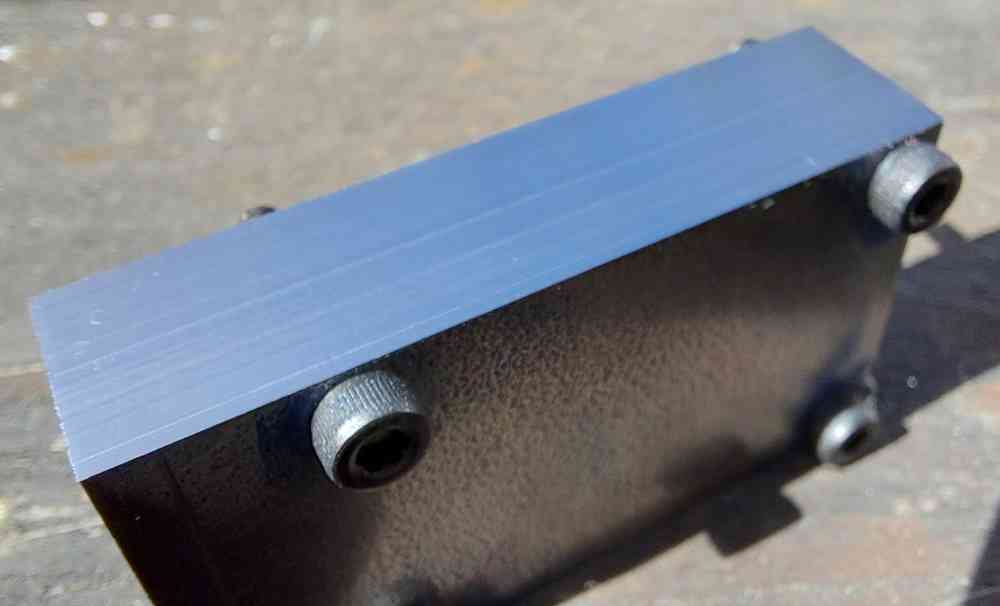Hi Glue-it. Seeing the sand-bag damping idea, I wonder if filling the steel column of my Mill-drill with sand will also damp vibrations? It's about 4" diameter, 1/2" wall, so "very stiff" in torsion compared to the box form open steel channel you are dealing with. So maybe my vibrations are at a high higher frequency (lower amplitude) and that's why I have never noticed a problem? Or maybe I don't do such precise milling anyway to realise the problem?
Looking at your back plate, I would have added some horizontal bracing as well (making small boxes), perhaps even welding in some "lids" to make them sealed boxes. Much stiffer in torsion?
K2














































![DreamPlan Home Design and Landscaping Software Free for Windows [PC Download]](https://m.media-amazon.com/images/I/51kvZH2dVLL._SL500_.jpg)


![MeshMagic 3D Free 3D Modeling Software [Download]](https://m.media-amazon.com/images/I/B1U+p8ewjGS._SL500_.png)














